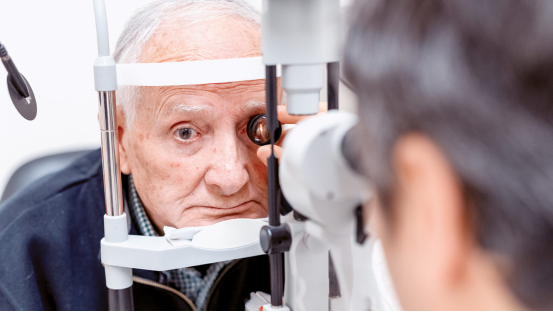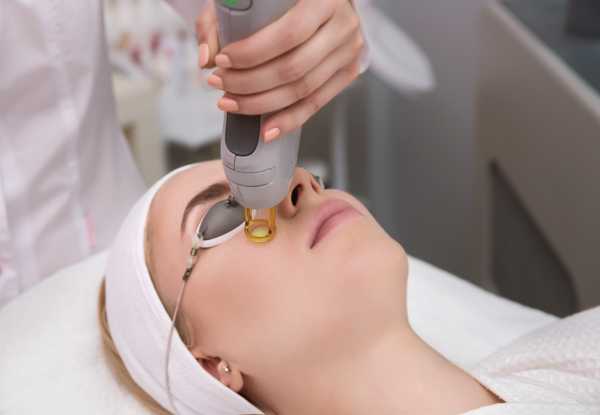投資するなら今がチャンス!初心者でも安心の資産運用ガイド
New Treatments for Macular Degeneration: Advancements in Eye Care
Macular degeneration, particularly age-related macular degeneration (AMD), is a leading cause of vision loss worldwide. Recent advancements in medical research have paved the way for innovative treatments, offering hope to millions affected by this condition. Here’s an overview of the latest breakthroughs in macular degeneration therapy.
Macular degeneration, particularly age-related macular degeneration (AMD), is a leading cause of vision loss worldwide. Recent advancements in medical research have paved the way for innovative treatments, offering hope to millions affected by this condition. Here’s an overview of the latest breakthroughs in macular degeneration therapy.

1. Newer Anti-VEGF Medications
- How They Work: Anti-VEGF (vascular endothelial growth factor) drugs reduce abnormal blood vessel growth in the retina, a hallmark of wet AMD.
- Latest Innovations:
- oFaricimab (Vabysmo): Recently approved, it targets two pathways (VEGF-A and Ang-2) for enhanced effectiveness and potentially longer treatment intervals.
- oExtended-Release Implants: Devices like Susvimo release anti-VEGF drugs over several months, reducing the need for frequent injections.
- Benefits: Improved convenience, fewer injections, and potentially better long-term vision outcomes.
2. Gene Therapy
- How It Works: Gene therapy introduces genetic material into retinal cells to help them produce proteins that combat AMD.
- Key Developments:
- oRGX-314: Delivered via a one-time injection, this therapy helps retinal cells produce their own anti-VEGF proteins.
- oADVM-022: Another gene therapy candidate designed for sustained treatment of wet AMD.
- Benefits: A single treatment could reduce or eliminate the need for ongoing injections.
3. Stem Cell Therapy
- How It Works: Stem cells are used to regenerate damaged retinal cells, restoring function to the affected area.
- Progress:
- oClinical trials are exploring the use of retinal pigment epithelial (RPE) cells derived from stem cells to replace damaged cells in the macula.
- oEarly studies show promise in improving or stabilizing vision in patients with advanced AMD.
- Benefits: Potential to reverse damage rather than just slow progression.
4. Oral and Injectable Medications
- How They Work: Medications are being developed to offer more convenient alternatives to eye injections.
- Examples:
- oAPL-2 (Pegcetacoplan): Targets complement factor C3 to slow the progression of geographic atrophy (advanced dry AMD).
- oZimura (Avacincaptad Pegol): Targets complement factor C5 to prevent retinal damage.
- Benefits: Could reduce the treatment burden and provide options for dry AMD, which currently has limited therapies.
5. Complement Inhibitors
- How They Work: The complement system, part of the immune response, can damage retinal cells in AMD. Inhibitors target this pathway to slow disease progression.
- Notable Therapies:
- oSYFOVRE (Pegcetacoplan): FDA-approved for geographic atrophy, this treatment slows the expansion of lesions in dry AMD.
- oComplement Factor D Inhibitors: Under investigation for early intervention in dry AMD.
- Benefits: Targeting specific pathways offers new hope for patients with limited treatment options.
6. Light Therapy and Implants
- How They Work: Light-based therapies and retinal implants aim to restore vision by stimulating or replacing damaged cells.
- Innovations:
- oPhotobiomodulation (PBM): Uses low-level light therapy to improve mitochondrial function in retinal cells, potentially slowing AMD progression.
- oRetinal Implants: Devices like the Argus II are being adapted to help AMD patients regain partial vision.
- Benefits: Novel approaches that may complement or replace traditional therapies.
7. Lifestyle and Nutritional Interventions
- How They Work: Supporting eye health through nutrition and lifestyle changes remains an integral part of AMD management.
- Advancements:
- oAREDS2 Supplements: Refined formulations with lutein, zeaxanthin, and omega-3 fatty acids have shown efficacy in slowing AMD progression.
- oPersonalized Medicine: Genetic testing may help tailor supplementation to individual needs.
- Benefits: Non-invasive, preventive measures that complement medical treatments.
8. Artificial Intelligence (AI) and Early Detection
- How It Works: AI tools analyze retinal scans to identify AMD in its earliest stages, allowing for timely intervention.
- Developments:
- oAlgorithms capable of predicting disease progression.
- oTools that assist in selecting personalized treatment plans.
- Benefits: Earlier treatment could slow or prevent significant vision loss.
Future Directions
The field of macular degeneration treatment is rapidly evolving, with ongoing clinical trials exploring:
- Combination therapies for enhanced efficacy.
- Innovative delivery methods like eye drops or patches.
- Advanced imaging technologies for more precise diagnosis and monitoring.
Conclusion
The landscape of macular degeneration treatments is shifting, offering new hope to patients through innovative therapies and technologies. Whether through cutting-edge gene therapy, stem cells, or enhanced anti-VEGF options, these advancements promise to improve outcomes and quality of life for those affected by AMD. Consult your ophthalmologist to discuss the best options for your condition and stay updated on emerging treatments.









